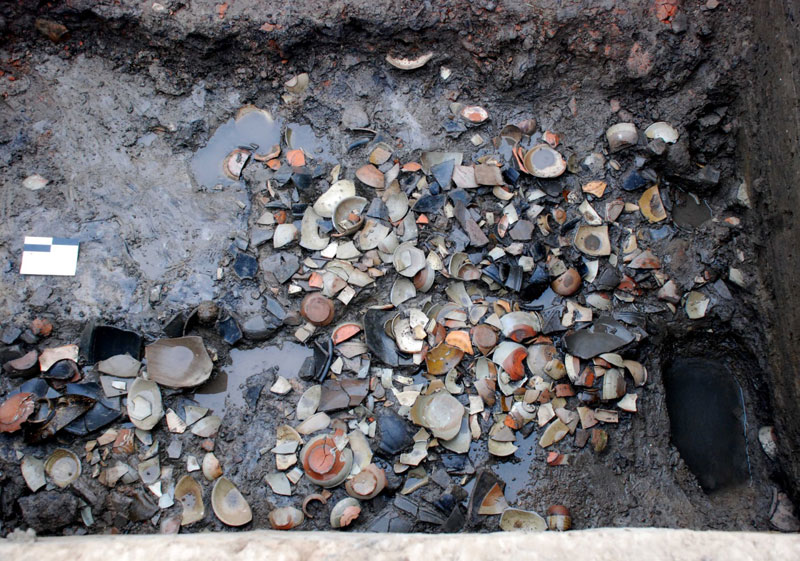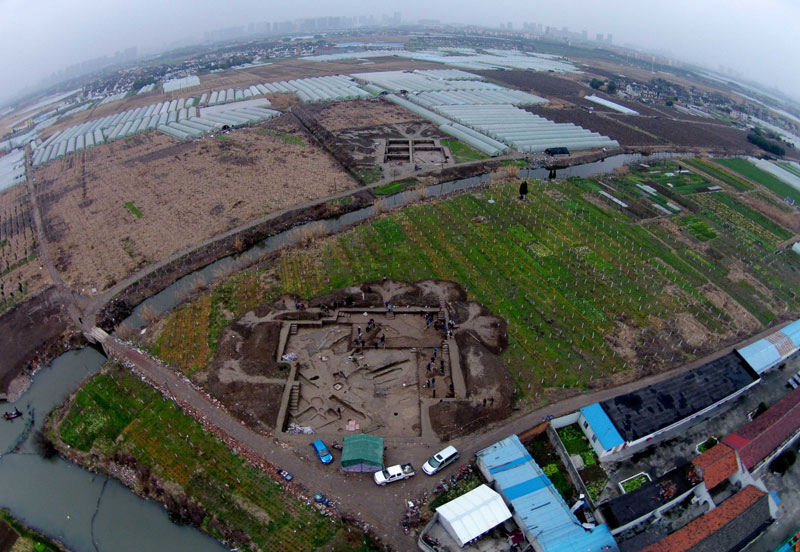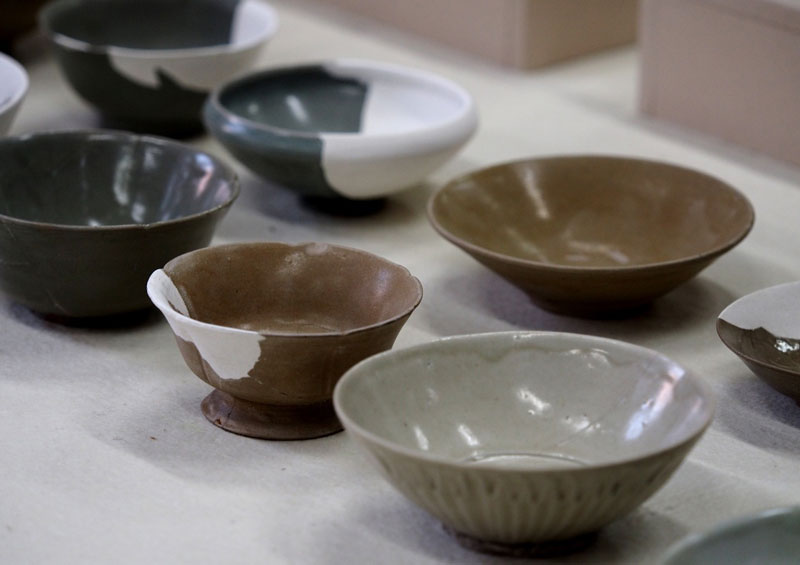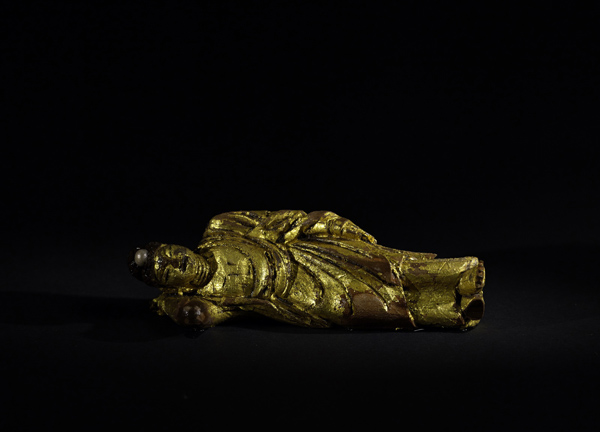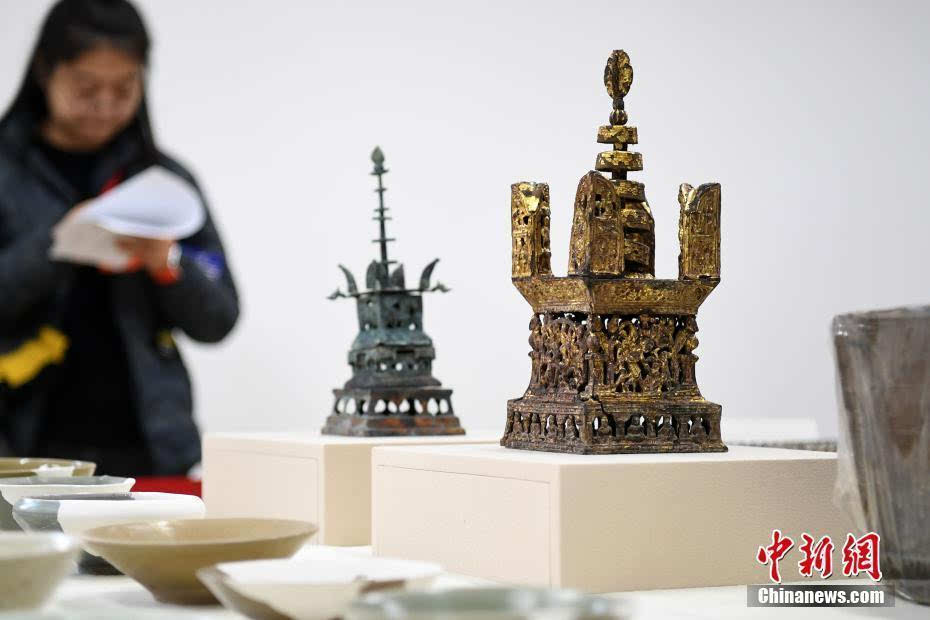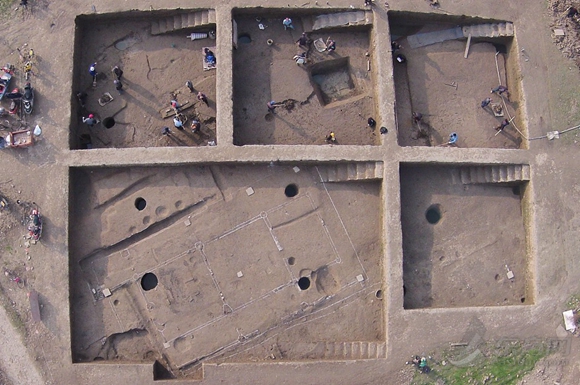Information
Shanghai Qinglong Town Confirmed By Archaeological Excavation As Important Port of Maritime Silk Road During Tang And Song Dynasties
Shanghai Qinglong Town Confirmed By Archaeological
Excavation As Important Port of Maritime Silk Road During Tang And Song
Dynasties
Located in the Baihe town of Qingpu District, Qinglong Town
site was the first trading port of Shanghai. The Archaeological Department of
Shanghai Museum conducted a long-term investigation and excavation on the site in
2011 -2016 and made important gains. On December 2, Shanghai Museum invited
experts to hold the argumentation meeting on the status and role of Qinglong
Town site in the history of Shanghai towns, the development of Jiangnan towns
and the Maritime Silk Road. The experts believed that Qinglong Town site was an
important discovery in the history of the development of Shanghai towns. A
large number of unearthed traded further confirmed that Qinglong Town was one
of the important ports of the Maritime Silk Road during Tang and Song
dynasties,consistent with the literature.
Qinglong Town in the literature,the first town in Shanghai
district, was an important town of Tang and Song dynasties and the first
trading port of Shanghai district. Towns were the important grass-roots unit of
the social structure at that time. Chen Jie, director of the Archaeological
Department of Shanghai Museum introduced
that the archaeological work of the Qinglong Town site used archaeological
approach on the settlements, included the archaeological exploration and
excavation of the heritage sites into the long-term plan of archaeological work of the Shanghai, gradually
resolved the layout of Qinglong Town site, and provided the evidence for the protection
plan of the heritage site. At the same time, it also researched the status and
function of the port of Qinglong Town in the development of the Maritime Silk
Road during North and South Song dynasties.
In 2014-2015, the Archaeological Research Department of Shanghai
Museum conducted a large-scale exploration to the Qinglong Town site. They
initially found out the scope and key burial area of the site. They had
achieved significant results by discovering the housing base of Tang and Song
dynasties, wells, stoves, foundry workshops, river quays, tombs and other
relics,and unearthing 2000 pieces of cultural relics including copper, iron,
wood, ceramics. Among the large amount of traded porcelains, there were Yue
Kiln, Xing Kiln, Changsha Kiln, Longquan Kiln and Fujian Kiln, which was not
only the true portrayal of prosperity of Qinglong Town in Tang dynasty but also
the evidence of the prosperity of Qinglong Town as the important trading port
of Maritime Silk Road.
The base of Longping Temple Tower which was newly
discovered provided the key landmark for discovering the layout of Qinglong
Town. Its underground special structure and the exquisite cultural relics
unearthed from the underground palace were the important information to understand
the life and religious beliefs of people at that time.
Liu Qingzhu, researcher from the Institute of Archaeology
of Chinese Academy of Social Sciences, indicated that the Yangtze River Delta was
the key point for the Maritime Silk Road towards the Northeast Asia. Shanghai Qinglong
Town was one of the important ports of the Maritime Silk Road during Tang and
Song dynasties. Excavating this town played an important role in understanding
the history of the city development of Shanghai and the economic status of the Maritime
Silk Road trade.“Qinglong Town site
was the important discovery in the history of the development of Shanghai towns
and the valuable evidence for the development of Shanghai towns for thousands
of years. It also provided the new materials for the archaeology of Maritime
Silk Road,”said Wang Wei, the head of the Institute of
Archaeology of Chinese Academy of Social Sciences.
During the archaeological excavation process of Qinglong
Town, the cultural relics were protected at the scene of the archaeological
excavation site, and the protection plans were made. Relying on the Shanghai
Museum of Cultural Relics Research Center, they used the X-ray CT, video
microscopy and other equipment to detect, protect and research the unearthed cultural
relics.
The experts spoke highly of the advanced concepts and rigorous
and meticulous work. They believed that the archaeology in the past focused
more on the excavation and research of the capital city. In the future,
applying the approach of the settlement archaeology and researching the basic
administrative units of the town were the important and urgent research
direction for the archaeology of the large heritage sites. The archaeology of
the Qinglong Town site was a model for the archaeological work of the first
class heritage site of towns and also a successful example of archaeological
excavation and cultural relics protection.
In terms of the base of Longping Temple Tower, experts
believed that it was the civil temple with clear age and special structures,serving
as the Buddhist temple and the navigation tower. It had close link with the
trade of Maritime Silk Road. Its unique construction way was of great reference
for the research of the foundation construction technology of the soft soil
geological structure in South China. The burying method of Buddhist relics in
the underground palace provided important materials for the study of Buddhism
history.
Qinglong Town was a
rare preserved heritage site in Shanghai. The World Heritage Site application
of the Maritime Silk Road also lacked the town sites. Experts suggested that
efforts should be continued to strengthen and we should solve the plane shape
of the temple on the discovery of the Longping Temple. From the perspective of
settlement archaeology, we should further clarify the layout of the Qinglong
Town and the key construction facilities; should pay attention to the
relationship between people and land, the heritage site and the social economic
development. We would seek to include Qinglong Town site into the national
protection plan of large heritage sites and consider the the display and use of
the site.
Category: English
News
Information
Key words:

